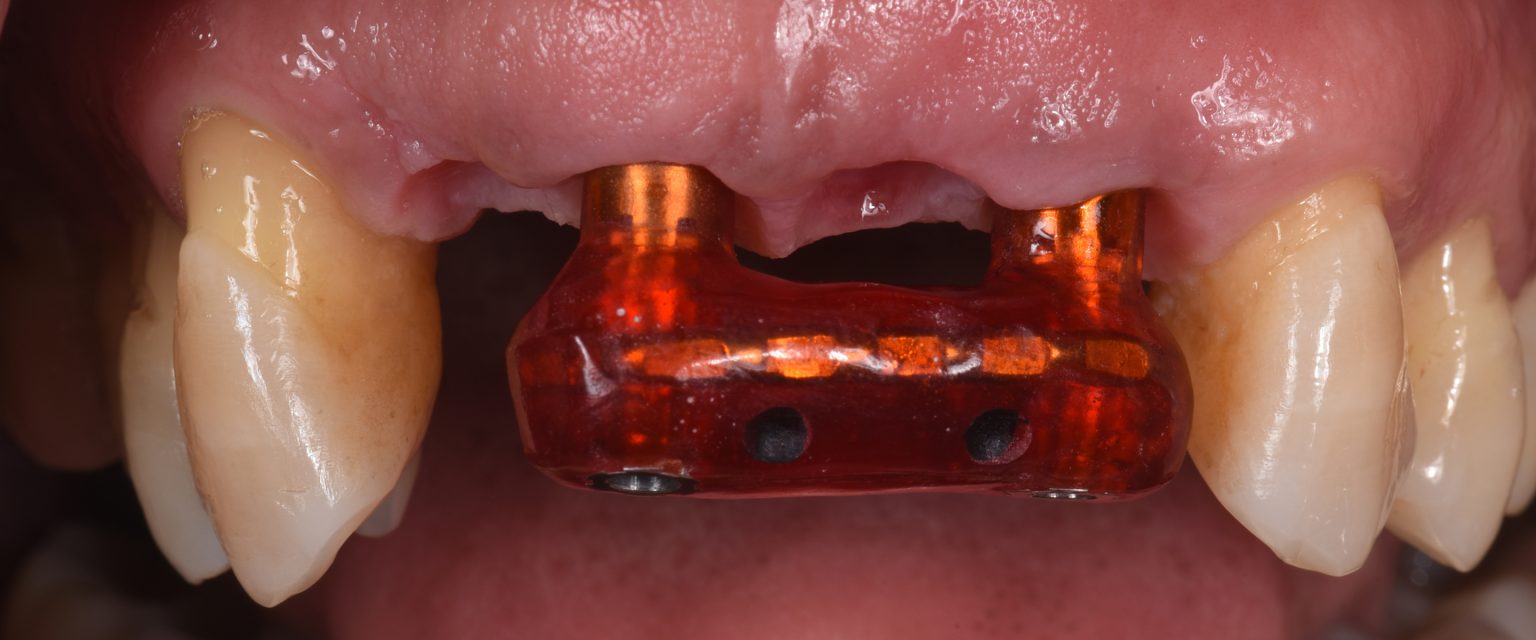
Leading Locally – ITI Section Spotlight: Australasia
This feature takes a 360° look at both the personal and professional lives of the dedicated leadership teams who drive ITI’s mission in their respective regions. In this issue, we interview the ITI Section Mexico, Australasian leadership team.








